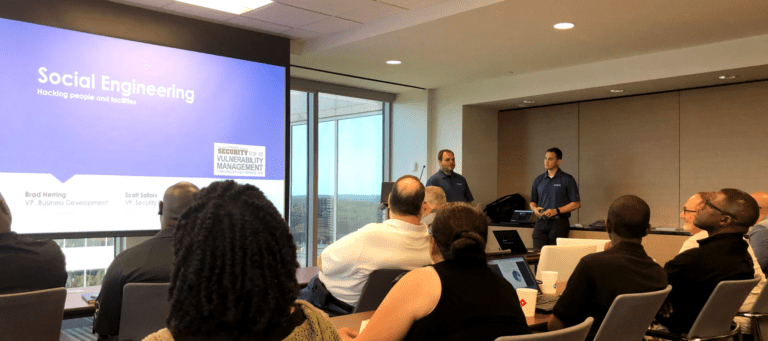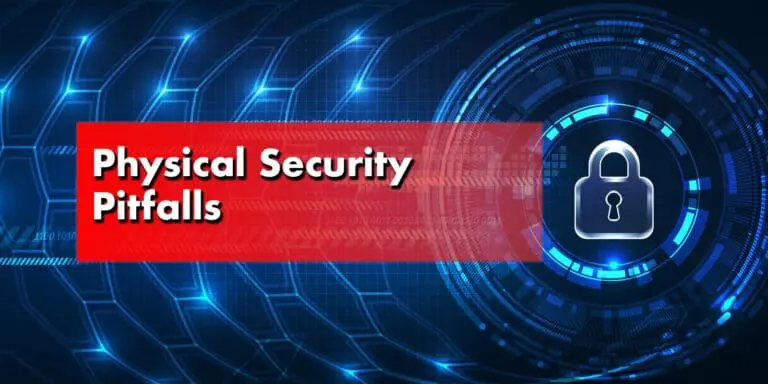Raxis Presents at the (ISC)² Atlanta Chapter Meeting
Raxis was honored to present at the (ISC)² Atlanta Chapter Meeting last Thursday. The topic was Social Engineering and understanding how the high success rates of social engineering impacts network security.

![Tailgating & Other Physical SE - SOCIAL ENGINEERING [PART 3]](https://raxis.com/wp-content/smush-webp/2023/05/img-20-1-768x403.jpg.webp)

